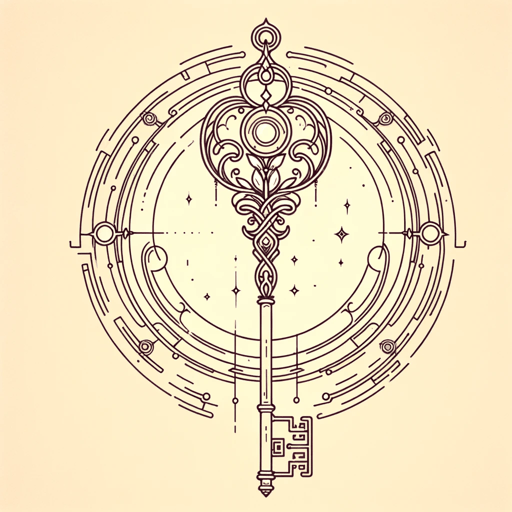53 pages • 1 hour read
Neil GaimanThe Ocean at the End of the Lane
Fiction | Novel | YA | Published in 2013A modern alternative to SparkNotes and CliffsNotes, SuperSummary offers high-quality Study Guides with detailed chapter summaries and analysis of major themes, characters, and more.
Background
Cultural Context: Triple Goddess
Gaiman loves fantasy, fables, and myths, and draws on old European folktales for his stories. One myth from the ancient Celtics of Ireland is the banshee, a Triple Goddess—the maiden, the mother, and the crone—and Gaiman embeds this concept into The Ocean at the End of the Lane. Three of the novel’s main characters are the Hempstocks—a girl, Lettie; her mother, Ginnie; and her grandmother, Old Mrs. Hempstock. All three have unusual powers and abilities. At the story’s end, it’s revealed that the three female characters are aspects of one woman, centered on Old Mrs. Hempstock.
The Triple Goddess is similar to the old Celtic idea of the Morrigan, goddess of fate, war, and death. The Hempstocks discuss death and fate with the story’s narrator, and make war against his childhood enemies. Another European version of the Morrigan is the Matres, whose three members presided over fertility, life, and death, and were depicted in small statues common in homes. (Beckett, Mickayla. “How Banshees Relate to Triple Goddesses.” University of Cincinnati, 2023). Triple Goddesses have roots in ancient Indo-European cultures. The Greeks, for example, saw one of their deities, Hecate, as a combination of Artemis, goddess of the hunt and nature; Persephone, goddess of springtime and the underworld; and Selene, goddess of the moon.
Related Titles
By Neil Gaiman
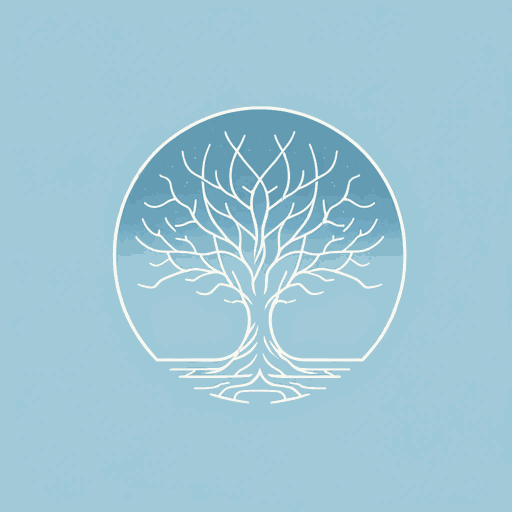
American Gods
Neil Gaiman
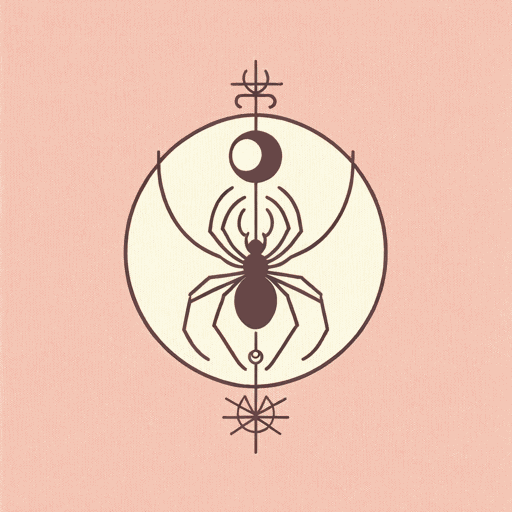
Anansi Boys
Neil Gaiman
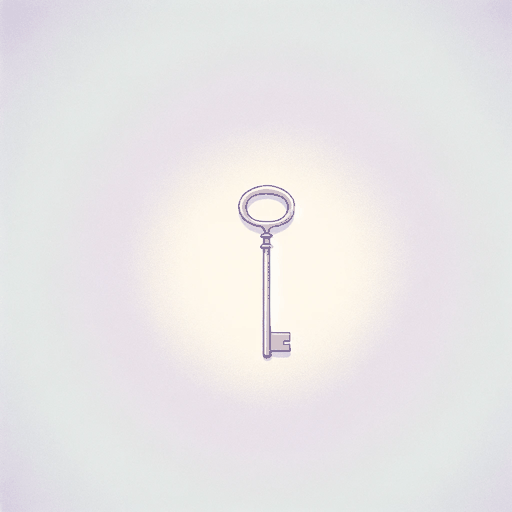
Coraline
Neil Gaiman
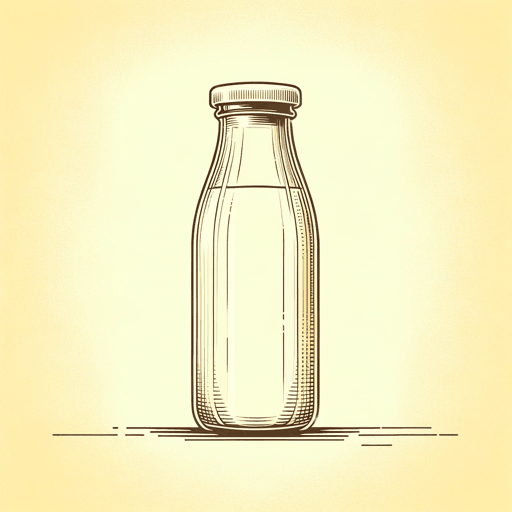
Fortunately, the Milk
Neil Gaiman
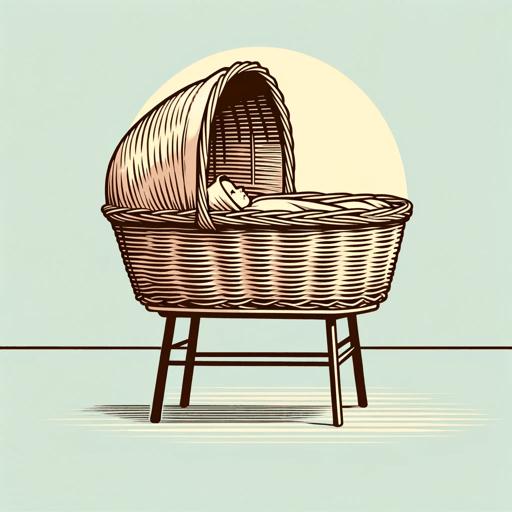
Good Omens: The Nice and Accurate Prophecies of Agnes Nutter, Witch
Neil Gaiman, Terry Pratchett
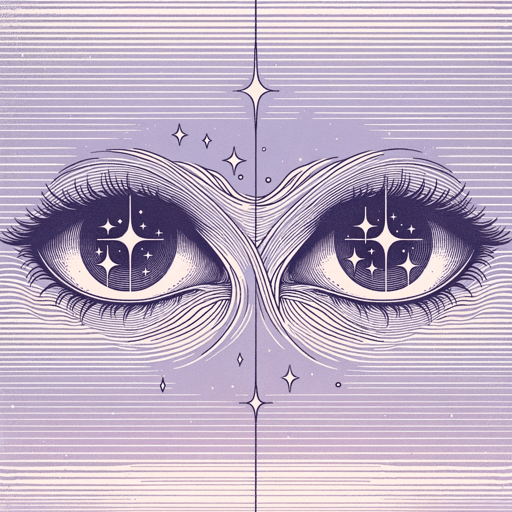
How to Talk to Girls at Parties
Neil Gaiman
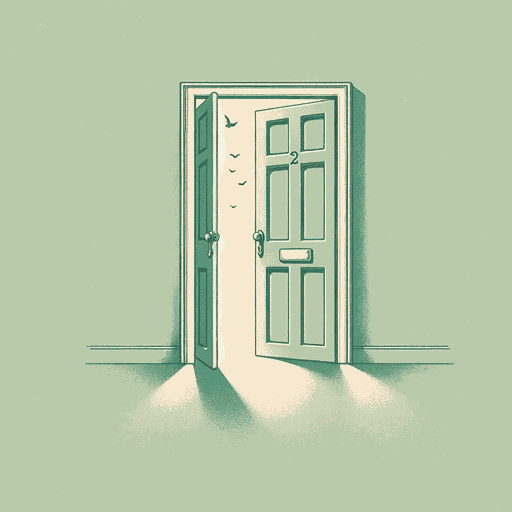
Neverwhere
Neil Gaiman
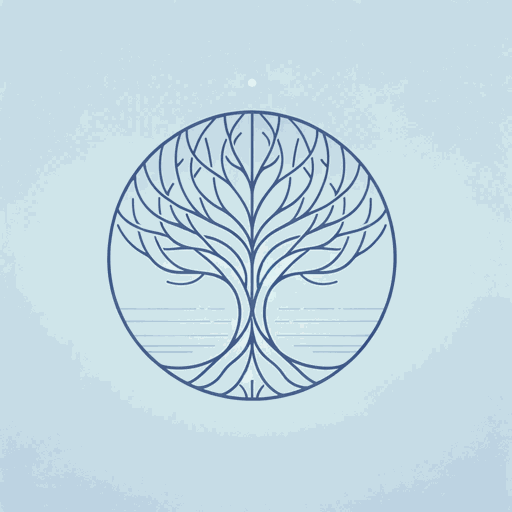
Norse Mythology
Neil Gaiman
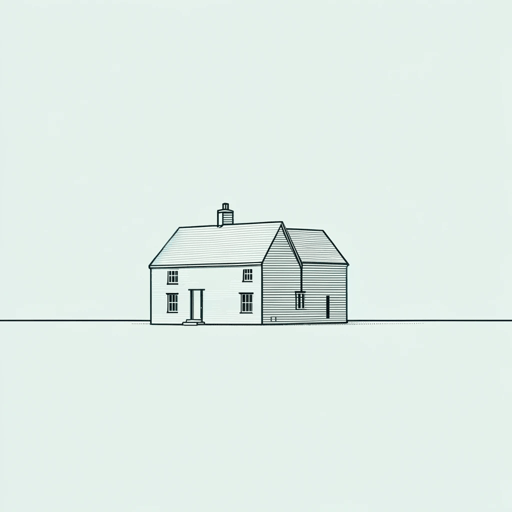
October in the Chair
Neil Gaiman
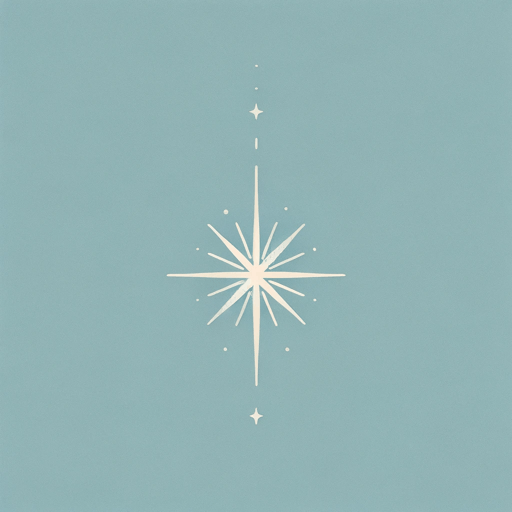
Stardust
Neil Gaiman
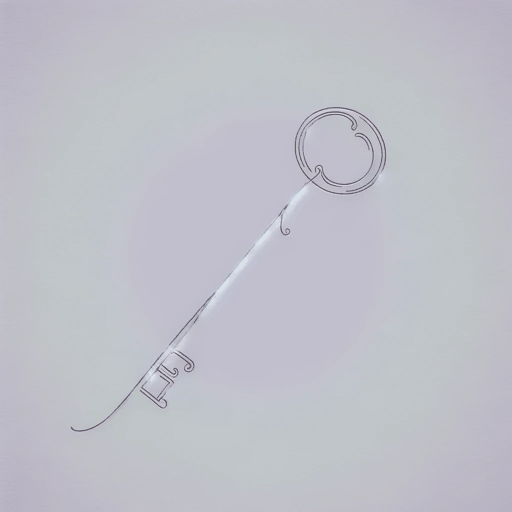
The Graveyard Book
Neil Gaiman
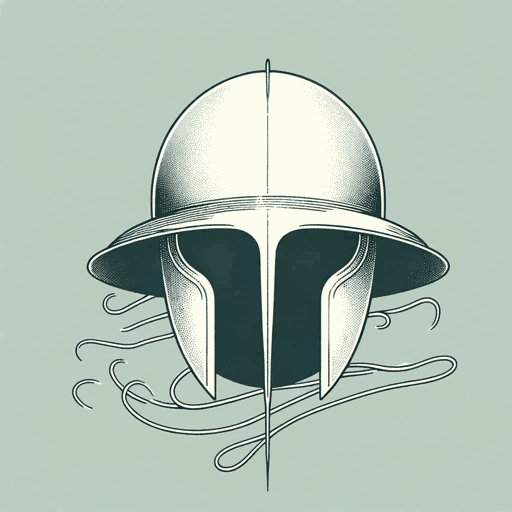
The Sandman Omnibus Vol. 1
Neil Gaiman

The Sleeper and the Spindle
Neil Gaiman
Featured Collections
Appearance Versus Reality
View Collection
Coming-of-Age Journeys
View Collection
Family
View Collection
Good & Evil
View Collection
Magical Realism
View Collection
Memory
View Collection
New York Times Best Sellers
View Collection
Popular Book Club Picks
View Collection
Safety & Danger
View Collection
The Best of "Best Book" Lists
View Collection
Truth & Lies
View Collection
